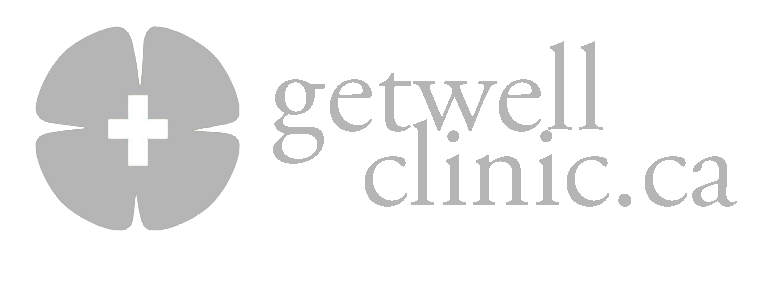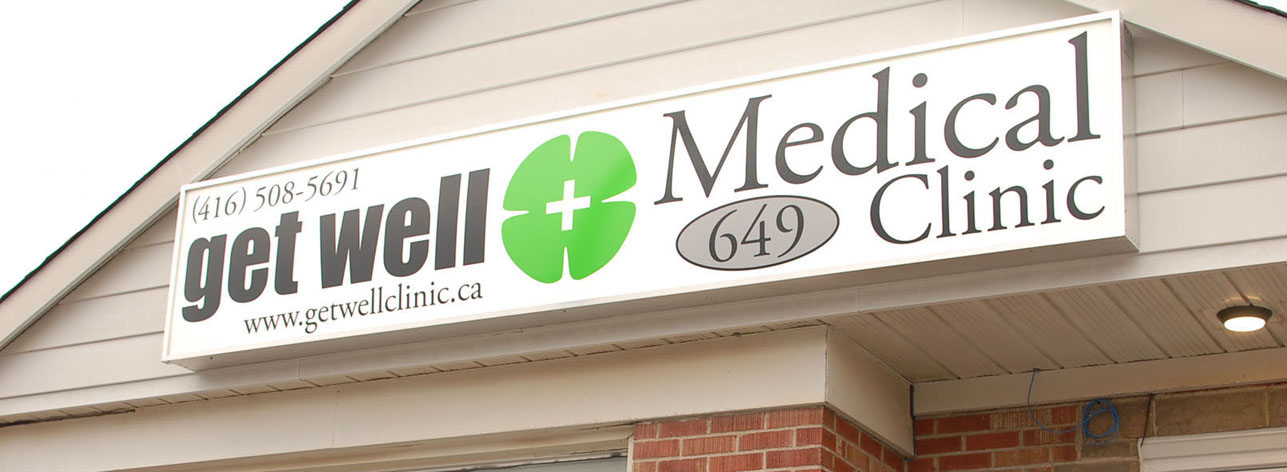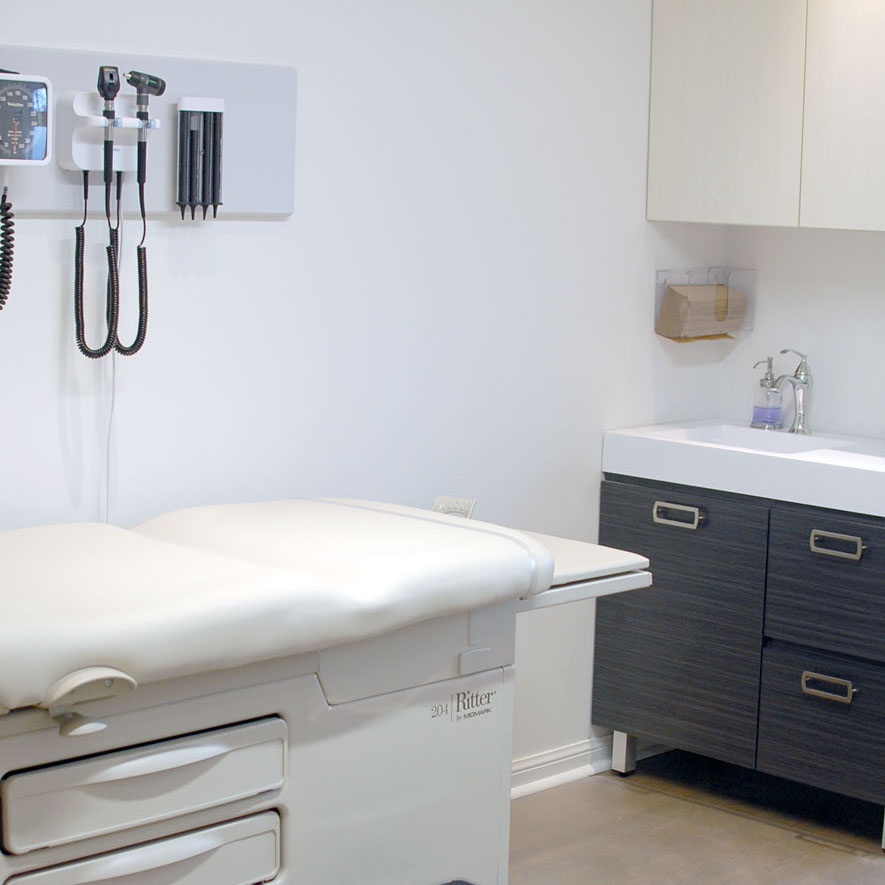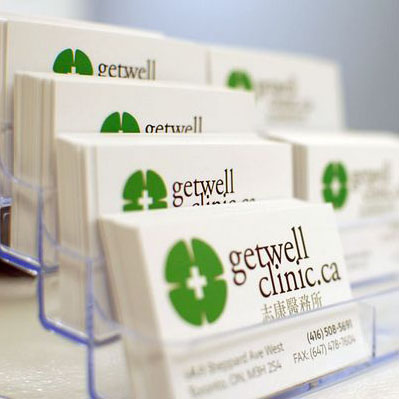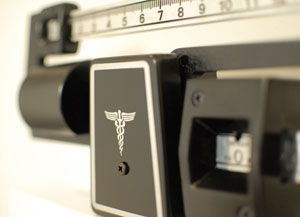Warts and Treatment Options
Shannon Youn, DCh
A wart is a skin growth caused by a virus called the human papillomavirus (HPV). Plantar warts are ones that are specifically found on the sole of the foot. If found on a weight bearing area, a wart tends to grow inward under a thick layer of hardened skin/callus. There are generally three tell tale signs a lesion on your foot is a wart: 1. Disturbed normal skin lines 2. Black pinpoint dots which are clotted blood vessels 3. Pain with pinching of the lesion. Some warts will go away without treatment over time, while others may require a visit to a Foot Specialist.
At your visit to the Chiropodist, he or she will tell you there is not one treatment that will clear your foot of warts indefinitely. There are a number of treatment options and each person responds differently; therefore, what worked for someone may not work for you. In addition, the general rule is the more invasive the procedure, the higher the success rate. Less invasive procedures typically require multiple visits.
Treatment options include:
1. Silver nitrate
Your health care practitioner will shave off the overlying thickened skin until pinpoint bleeding and then apply silver nitrate to the lesion. The silver nitrate acts as a caustic and forms a black eschar. This procedure is relatively painless.
2. Salicylic Acid
Salicylic acid is a common over the counter (OTC) treatment option for warts. Your health care practitioner will prescribe you a topical solution with a higher dosage than ones you can purchase OTC, which can increase the effectiveness of treatment. This procedure is also relatively painless.
3. Freezing
Freezing kills living cells, including the virus and may even stimulate an immune response. This procedure can be uncomfortable and may even be painful for the patient.
4. Canthacur
Canthacur is a topical solution which will blister the skin it comes in contact with. Consequently, burning or extreme tenderness may develop. This procedure is more aggressive than the ones listed above, but typically has a higher success rate.
5. Needling
This technique is for someone with multiple recalcitrant warts. It is much more invasive and requires local anaesthesia to numb the foot. A thick needle is then used to puncture the largest and thickest wart approximately 100 times. This will introduce the viral tissue into the blood stream and initiate an immune response.
6. Excision
This procedure typically provides the highest long term success for resistant plantar warts. Local anaesthesia is used to numb the foot and as the name suggests, the wart is excised using a scalpel blade and the base of the cavity cauterized.
Book an appointment with a Chiropodist to find out which treatment is best suited for you! 416-508-5691.
